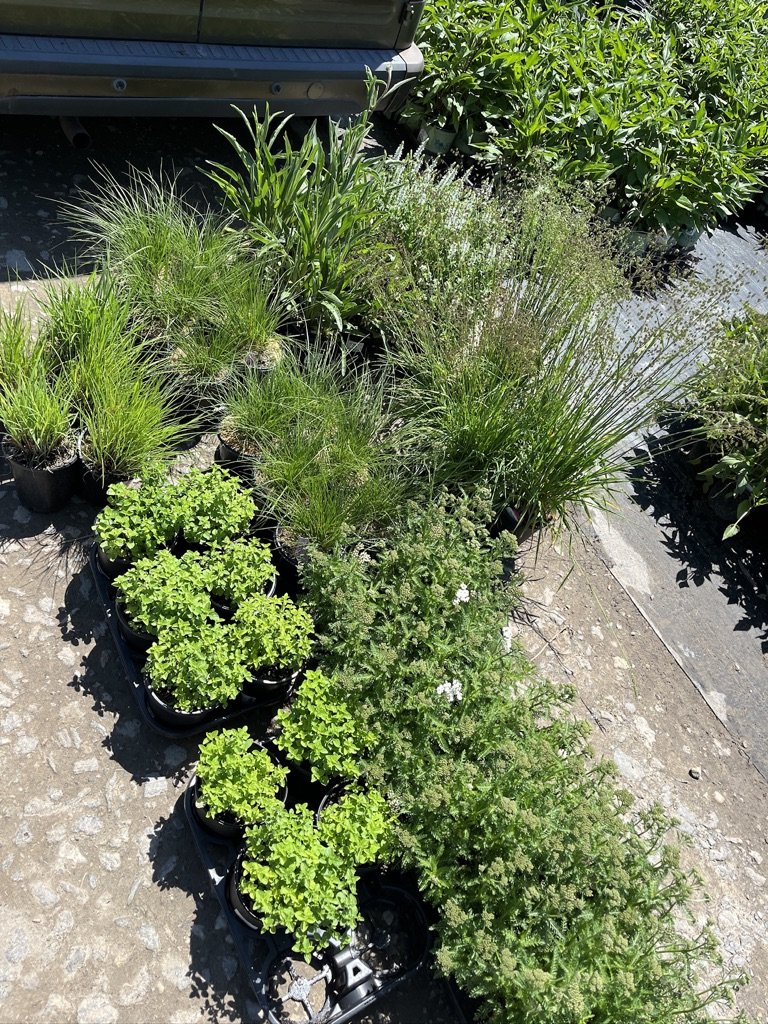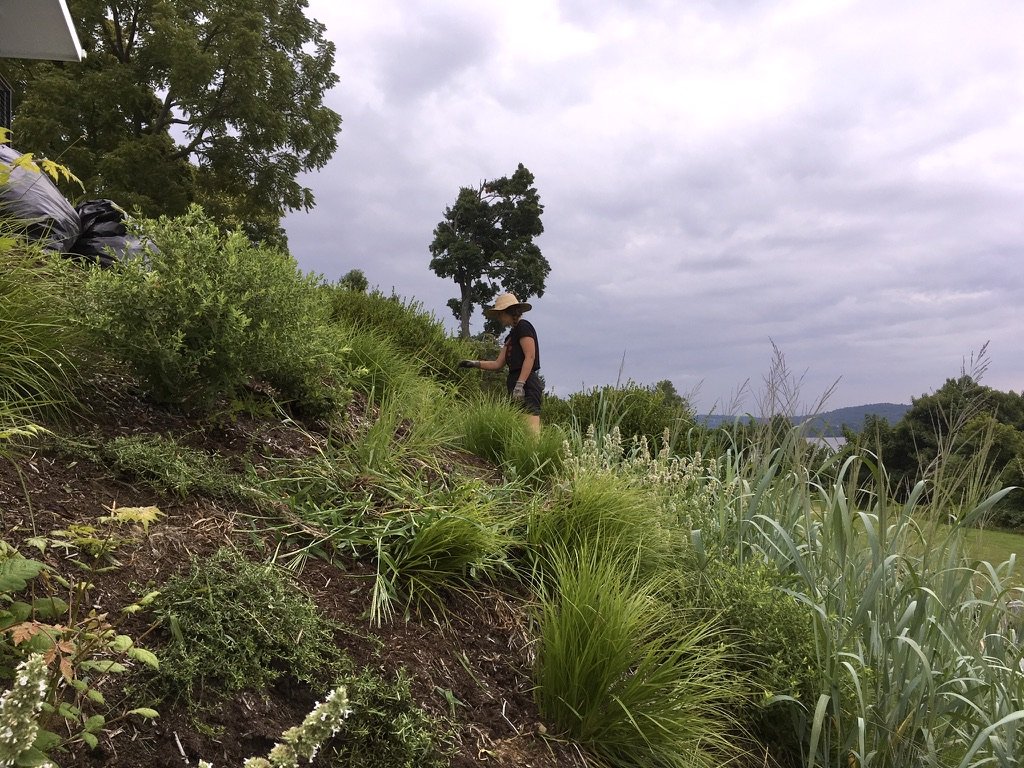
ECOLOGICAL LANDSCAPE DESIGN
Ecological gardening is both a philosophy & practice of observing, understanding, and supporting natural systems & beings around us. By choosing plants that are best suited to grow in the conditions present, we have the opportunity to create habitat & provide a food source for the web of local microbial, insect, and animal communities.
Creating thoughtful, sustainable and beautiful spaces begin with considering the process the same way we consider the product. Sourcing natural materials like organic & local ecotypes de possible, sbg
to labor and maintenece choices
Implementing holisitic systems From sourcing organic and local ecotypes whenever possible, to approaching site prep with a minimal disturbance and preserving existing plant communities present. Valuing human labor during installation and maintainace with a hand tools, to creating mulch from debris we approach

PROCESS
-

Site Analysis
This phase is the foundation for moving into further stages of design, taking what was observed on site and expanding it to guide us through future design choices. This includes regional maps, site specific ecological plant communities, relevant grading, microclimate, and sun & soil studies. Any relevant plant mediation approaches will be considered.
-

Design
The design phase begins with establishing a common visual language through precedent images and/or drawings. This flows into the creation of an illustrative site plan and corresponding plant palette. Simultaneously, a project timeline, budget breakdown, and coordination of potential collaborators will coincide. Once the design and budget is approved, this will culminate in a final planting diagram which will be used in installation.
-

Installation
Preparing for installation happens after all details are clarified. This includes sourcing plants, nursery visits, scheduling plant deliveries, site prep, as well as devising an irrigation system. The beginning of installation starts with site prep and relevant mediation approaches, then to material deliveries, followed by planting and irrigation set up.
-

Establishment
To ensure the plants are well established, tending to them closely for the first year is crucial. Reducing weed pressure helps minimize competition, and reduce weed seeds in the soil. In subsequent years maintenance usually includes continuing to remove undesirables which will taper off over time, pruning, transplanting, and potential additions.

To talk more about working together, please inquire below

